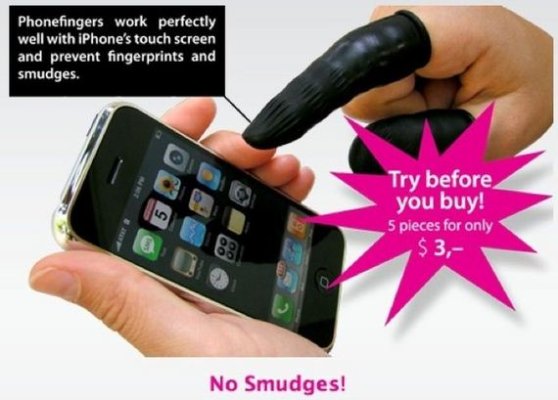RickB
Scraping Paint
- Joined
- Oct 20, 2007
- Messages
- 3,804
- Vessel Make
- CHB 48 Zodiac YL 4.2
Do I have this correct - for 3X or so the cost of a 30 amp 110V Marinco I can buy a Smart plug with cord setup that requires the same care and attention?
Yeah, it's an old marketing tradition. Who says a product has to really have intrinsic value?








